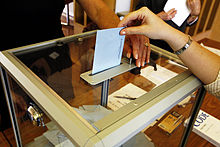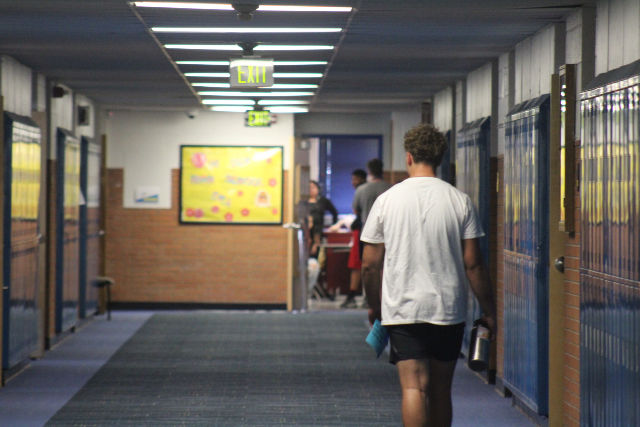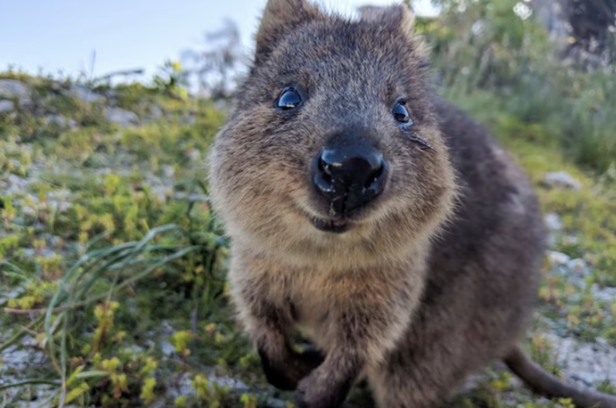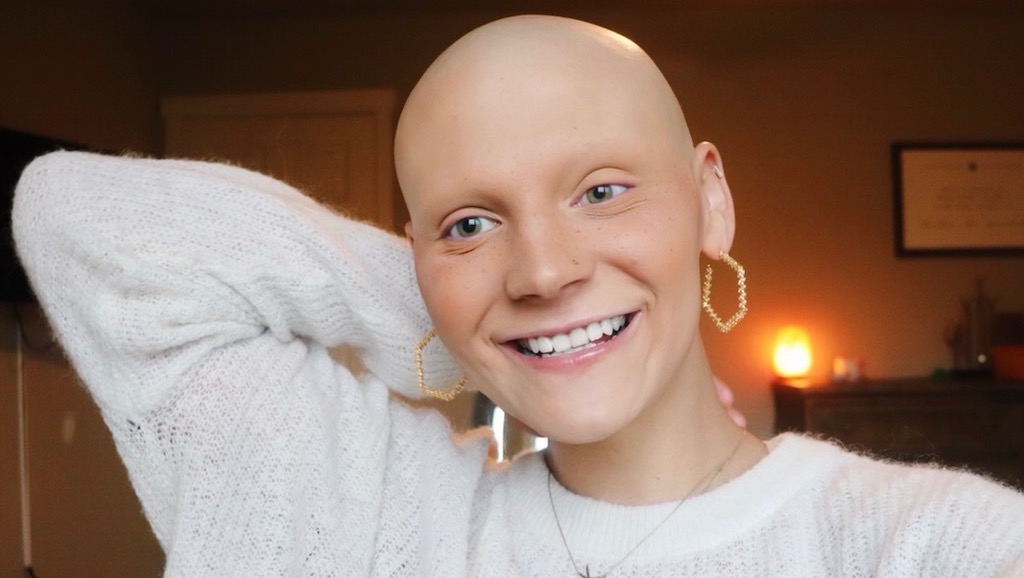By Rachel Vigil
Ten months after the first candidate announced his bid for president, the primaries are just around the corner.
All the efforts of the major parties candidates to get into the public’s spotlight and gain their approval will be put to the test as the first caucus (local private events held by each party where voters cast their selections) launches in Iowa on February 1, 2016. The final debates and campaign efforts are being put out by every candidate before any votes can be cast.
Before a new president is elected into office, they have to go through the often more grueling race to be their party’s nominee. These presidential primaries take place in some form in every state. However, these primaries do not directly nominate the presidential candidates. Rather, they are used to elect delegates to a national convention for both parties who will then decide on the candidates for the major parties.
The election of these delegates is either through direct primary votes or caucuses. State parties select the method their state will use. This year in Colorado, the Democratic party will be holding a caucus to determine the candidates who 83.5% of their delegates will be pledged to vote for. However, delegates can only be pledged to vote for candidates who have received at least 15% percent of the votes as dictated by the Democratic National Committee’s rules.
The Republican method of choosing delegates this year will not rely on presidential polling, so none of their delegates will have a chosen preference based on the voter’s preferences.
Both party primaries in Colorado will take place on Super Tuesday (March 1) along with 14 other states and territories. Super Tuesday is when the most delegates for the primaries are chosen and where most candidates demonstrate whether or not they are electable on a national scale.
The Democrats have three candidates, with Hillary Clinton shown to be leading in many polls and Bernie Sanders at a close second. Neither of them is leading or lagging considerably, so these primaries could go either way. In even closer competition are the more than a dozen Republican candidates with Donald Trump and Senator Ted Cruz both fiercely competing for the nomination.
Almost every state runs their primaries differently, as well as each party in every state. The number of delegates in each state is not revealed until both the parties’ national conventions in late July. There, more than a year after many of the presidential candidates launched their run, the delegates from each state and party will choose their candidate for President of the United States.







